
I designed this page in order to make some of my professional work available to a broader community. It is currently divided in six sections.
The first section presents methods aimed at mapping features onto categories. The neural algorithm is named Unsupervised Competitive Learning, implemented in Mathematica, detects secluded patterns in complex data and projects them onto our familiar three dimensional space.
The second ant third sections are a little bit funky and may be controversial. Putative explanations related to ideologies and possible conjuration theories are presented and discussed here.
The fourth section considers ethical aspects of computational modelling in science, decision support and communication, following the XV Italian Workshop on Artificial Life and Evolutionary Computation (WIVACE) held in Winterthur, Switzerland, on 15-17 September 2021.
The fifth section presents old, as well as more recent works related to the optimization of routes for sailing boats and, recently, for automated flying drones.
The sixth section, quite technical, is devoted to the optimal tuning of meteorological warning systems and the design of post-processing algorithms implemeted downstream to numerical weather forecasting models.
The seventh section describes applications of neural computing in meteorology. A essay presented in the third section describes a neural network is presented aimed at classifiying covoluted data, whereas the learning process is based on "Non Supervised Competitive Learning".
The last section is a brief introduction in the fine art of project management according to Hermes 4, as implemented in the Swisss Federal Administration.
The texts assembled here appear in three languages, french, german and english, according to the circumstances of their publication. The suffix F, D, E specicies the language of each text.
Please send any comment you would like to share with me to ambuhl@icloud.com . Thanks!
The video and the essay present methods aimed at mapping features onto categories. The neural algorithm named Unsupervised Competitive Learning, implemented in Mathematica, detects secluded patterns in complex data and projects them onto our familiar three dimensional space.
- Unsupervised Competitive Learning_E: Video
- Unsupervised Competitive Learning_E: PDF
- Unsupervised Competitive Learning_E: Essay
- Bionik und neuronale Netze_D
The last link points to a document related to the USCL technique applied in meteorology and includes putative bionical considerations.
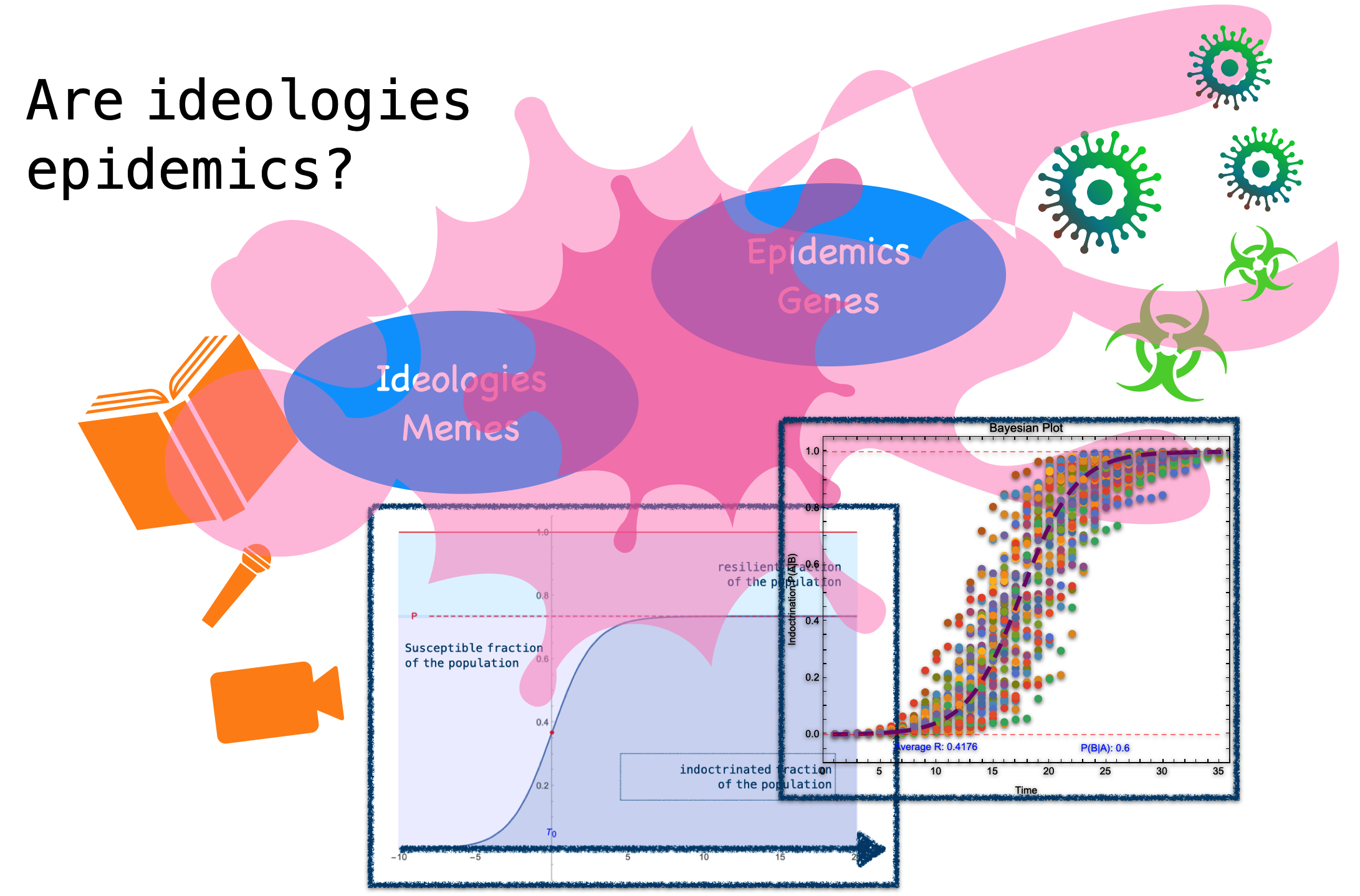
The following stories are a little bit funky. Being retired, I dare to ask whether Ideologies may be assimilated to Epidemics. The following essay seeks answers. Written in 2021 during the second and third SARS-COVID-19 waves, the documents are available below in english , german and french languages, whereas french and german documents are a summaries of the english one.
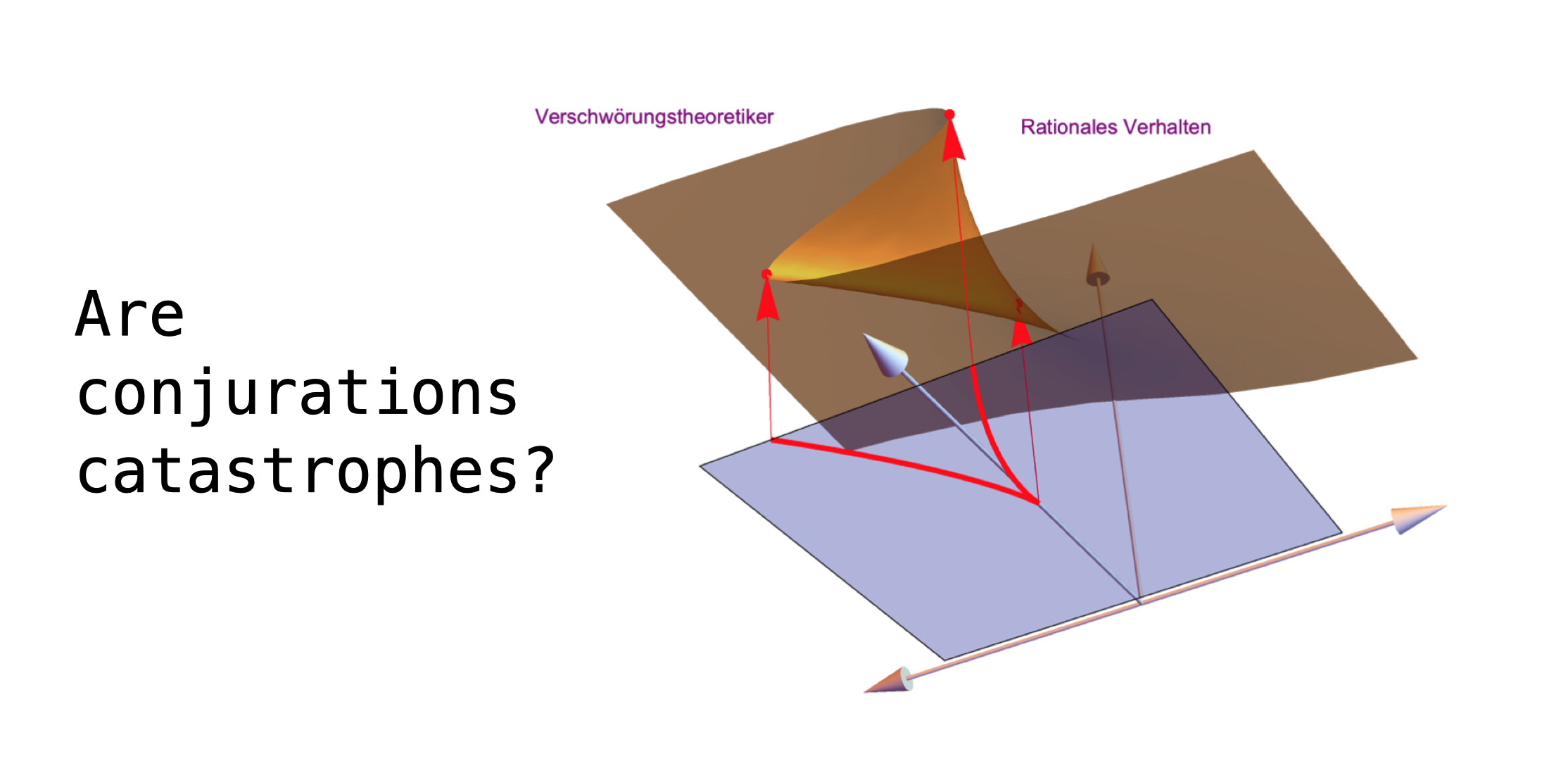
Foraging further in the same way, I quizzed myself whether a rational explanation to conspiracies may be provided by a tiny fraction of the so called catastrophe theory developed in sixsties of the last century by the French algebraist-topologist Rene Thom. I subsequntially wrote the essay available here in English and German languages.
The last contribution - WOKE!!! - is a talk I presented in January 2024 in my ward, located on the northern foothills of the Zürichberg. It is an attempt to explore the philosophical origin of the current woke uproar occuring in our societies. To this purpose, I firstly made use of my narrow philosophical experience, secondly took into acount the works described above. This presentation was intended to remain private, however, answering to several sollicitations, I decided to open it on this page.
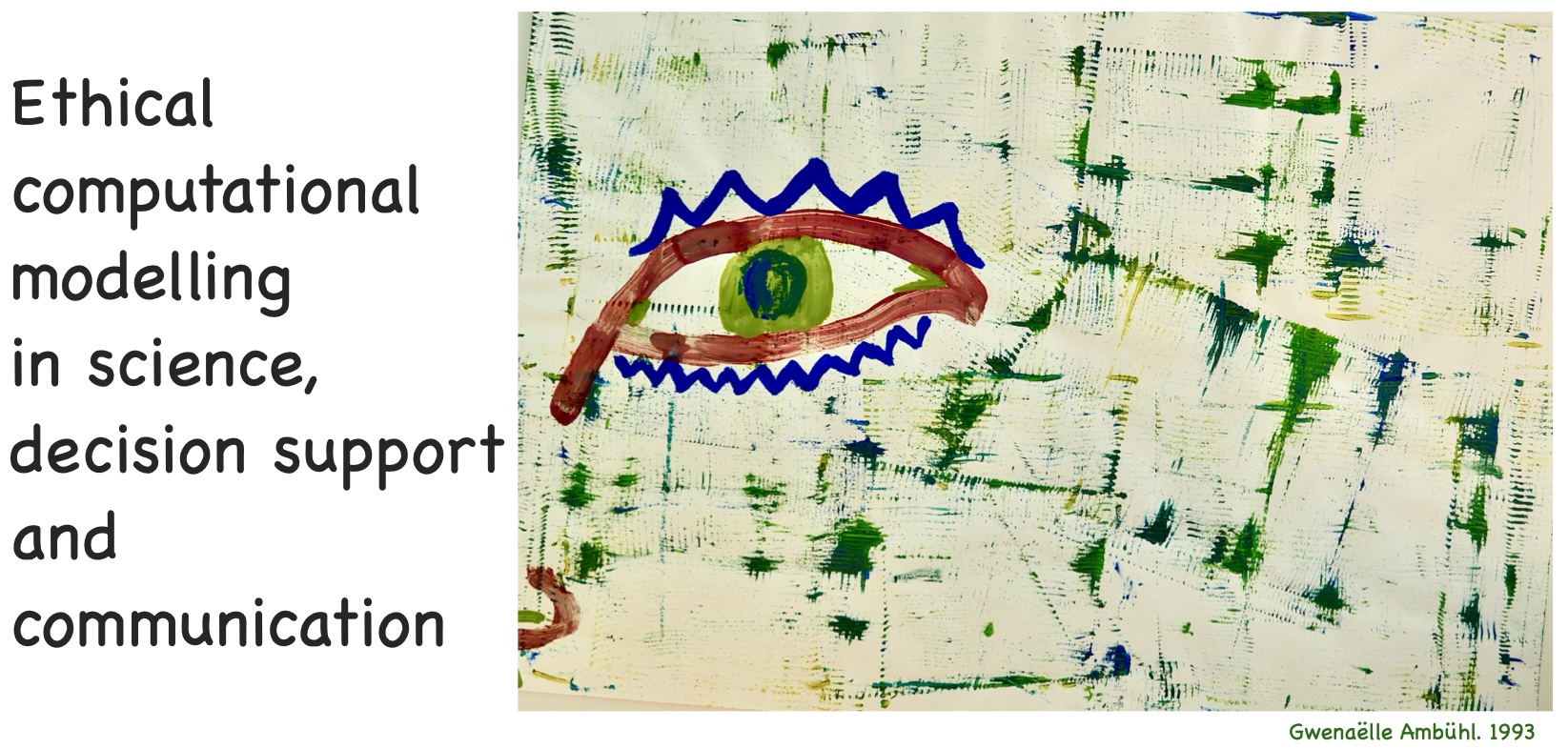
XV Workshop on Artificial Life and Evolutionary Computation (WIVACE) held at the ZHAW -Zürcher Hochschule für Angewandten Wissenschaften-, Winterthur, Switzerland, on 15-17 September 2021
‘The development of data science, the explosion of computational power, the availability of the internet and the urgency for an understanding of complex systems require a responsible and ethical impementation of computational models in science, communication and decision-making. We discuss the impact of models and the responsibility emanating from the fact that models enable and guide experimentation. Furthermore, we investigate the difference between computational modelling in an interdisciplinary science project and computational models implemented as tools in the society in transdisciplinary decision support. We regard the communication of model structures and modelling results as essential. This communication should not happen in a technical manner, but model structures and modelling results ought to be translated into - narratives -. We discuss the role of disciplines such as literary theory, communication science, cultural studies and the potential gains that a broader approach enables. Considering concepts from the liberal arts, we conclude that, besides the responsibility of the model's author, the user/reader of the modelling results bears an equal reponsability.’
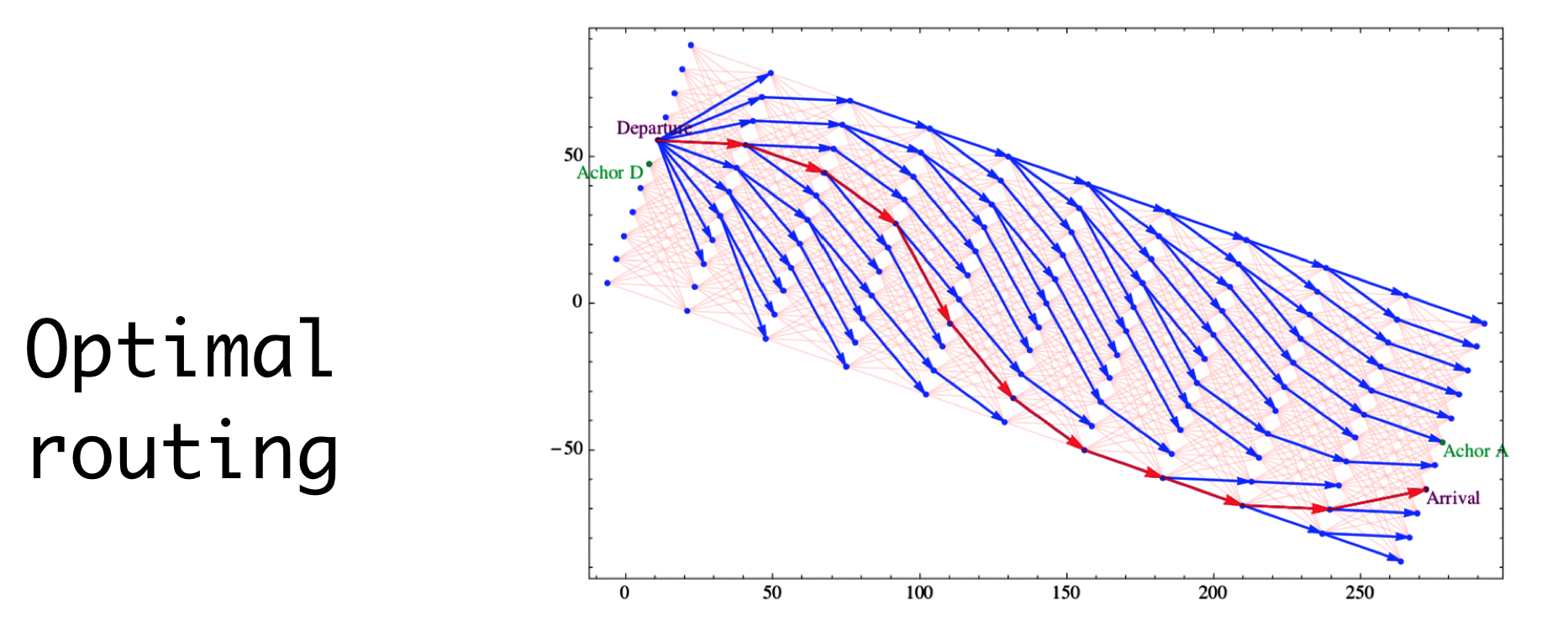
Old algorithms developed during the eigthies of the previous centuray aimed at computing optimal routes for boats sailing around the world are presented here. After the introduction of numerical weather systems operating at kilometric scale by the 2000's, I have refurbished these algorithms for lakes.
The topic of routing experiences a second life as autonomous drones are developed for a vast array of activities. The following link provides such an example, developed at the Autonomous Systems Lab of the Swiss Federal Institute of Technology (ETH Zurich).
- Meteorological Path-Planning for a Solar-Powered Unmanned Aerial Vehicle
- Meteorology-Aware Multi-Goal Path Planning for Large-Scale Inspection Missions with Long-Endurance Solar-Powered Aircraft_E
‘Solar-powered aircraft promise significantly increased flight endurance over conventional aircraft. Although this enables large-scale inspection missions, their fragility necessitates that adverse weather is avoided. This paper therefore presents MetPASS, the Meteorology-aware Trajectory Planning and Analysis Software for Solar-powered unmanned aerial vehicles (UAVs). MetPASS is the literature's first path planning framework that considers all safety- and performance-relevant aspects of solar flight: It avoids terrain collisions and no-fly zones, integrates global weather data (sun radiation, wind, gusts, humidity, rain, and thunderstorms), and features a comprehensive energetic model to avoid system risks such as low battery charge. MetPASS leverages dynamic programming and an A*-search-algorithm with a custom cost function and heuristic to plan globally optimal point-to-point or multi-goal paths with coverage guarantees. A full software implementation is provided. The planning results are analyzed using missions of ETH Zurich's AtlantikSolar UAV: an 81 h stationkeeping flight, a hypothetical 4000 km Atlantic crossing, and two multiglacier inspection missions above the Arctic Ocean. It is shown that integrating meteorological data is indispensable for reliable large-scale solar aircraft operations. For example, the nominal no-wind flight time of 106 h across the Atlantic is reduced to 52 h by selecting the correct launch date and flight path.’
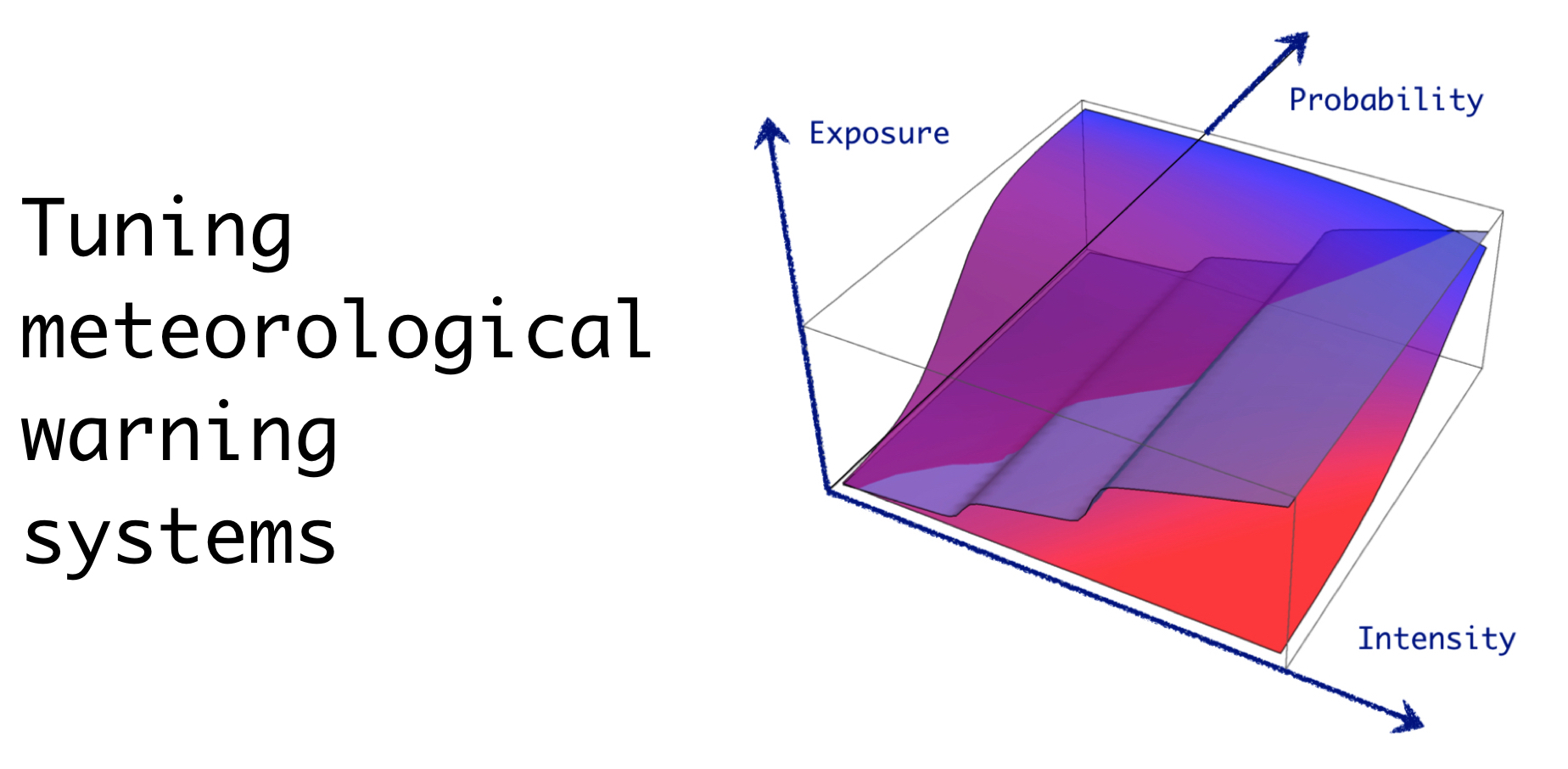
The following section is devoted to the optimal tuning of meteorological warning systems. The analysis labelled ‘Intensity, Probability, Exposure’ develops theroretical properties related to warning processes in a pictural manner. The two following ‘Kassandra’ essays summarize the results presented in ‘Intensity, Probability, Exposure’. ‘Rossby Waves and Omega Blocking’ is just one of the essays I wrote during my professionnal life.
- Tuning meteorological warning systems_E
- Kassandras Dilemma_D
- Rossby waves and omega blocking_F
- Automatic gale warning proposals for swiss lakes and regional airports_E
The last link to MeteoSwiss, belonging to the Swiss Federal Administration, describes a warning system developed for Swiss local airports, airfields and lakes, making use of genetic programming techniques.

The three following documents are related to the ‘World Bank Group / Central Asia Hydrometeorology Modernization Project -CAHMP-’ . They present in English and Russian languages post processing methods of numerical weather forecasts, as they were introduced to Central Asian meteorologists and hydrologists.
- Central Asia Hydrometeorology Modernization Project_E
- Post_Processing_Tashkent_Uzbekistan
- Post Processing_EN
The following document describes one recent component of CAHMP led by the ‘World Bank Group and the German Weather Service -DWD-’, aimed at assessing cloud based solutions for the global dissemination of locally taylored weather forecasts.
Extract from the introduction available on the World Bank Group Site. ICON-In-the-Cloud (ICONIC): Piloting Numerical Weather Prediction on Commercial Cloud Services for Central Asia (English). Washington, D.C. : World Bank Group. ‘High resolution numerical weather prediction (NWP) is critical for improved forecasting of expected meteorological conditions, especially for extreme events. NMHSs traditionally install high performance computers (HPC) on their premises to run NWP models. This comes with certain advantages such as minimization of potential latencies (time lags) of the network and nodes, optimal hardware configuration for NWP needs, and strong data security. However, due to resource and capacity constraints, many NMHSs often struggle to operate and maintain HPCs, which require costly facility and infrastructure investments, and high regular budget for maintenance, electricity, cooling and expert staff. Conversely, cloud computing has become increasingly affordable and offers more flexibility in job and computing resource scaling without requiring significant capital investments. The German Weather Service (DWD), World Bank and World Meteorological Organization (WMO) collaborated to test the feasibility of running an operational NWP LAM on commercial cloud computing services. In general, it appears that running NWP on a commercial cloud provider is an attractive alternative to procuring and maintaining an HPC for the same purpose, particularly for resource constrained NMHSs. Often challenged to attract and retain sufficient technical staff to maintain HPCs, as well as confronted by insufficient budgets and even inconsistent power supplies, the offloading of such ICT burdens to commercial providers for comparatively small costs should be considered by NMHS management.’
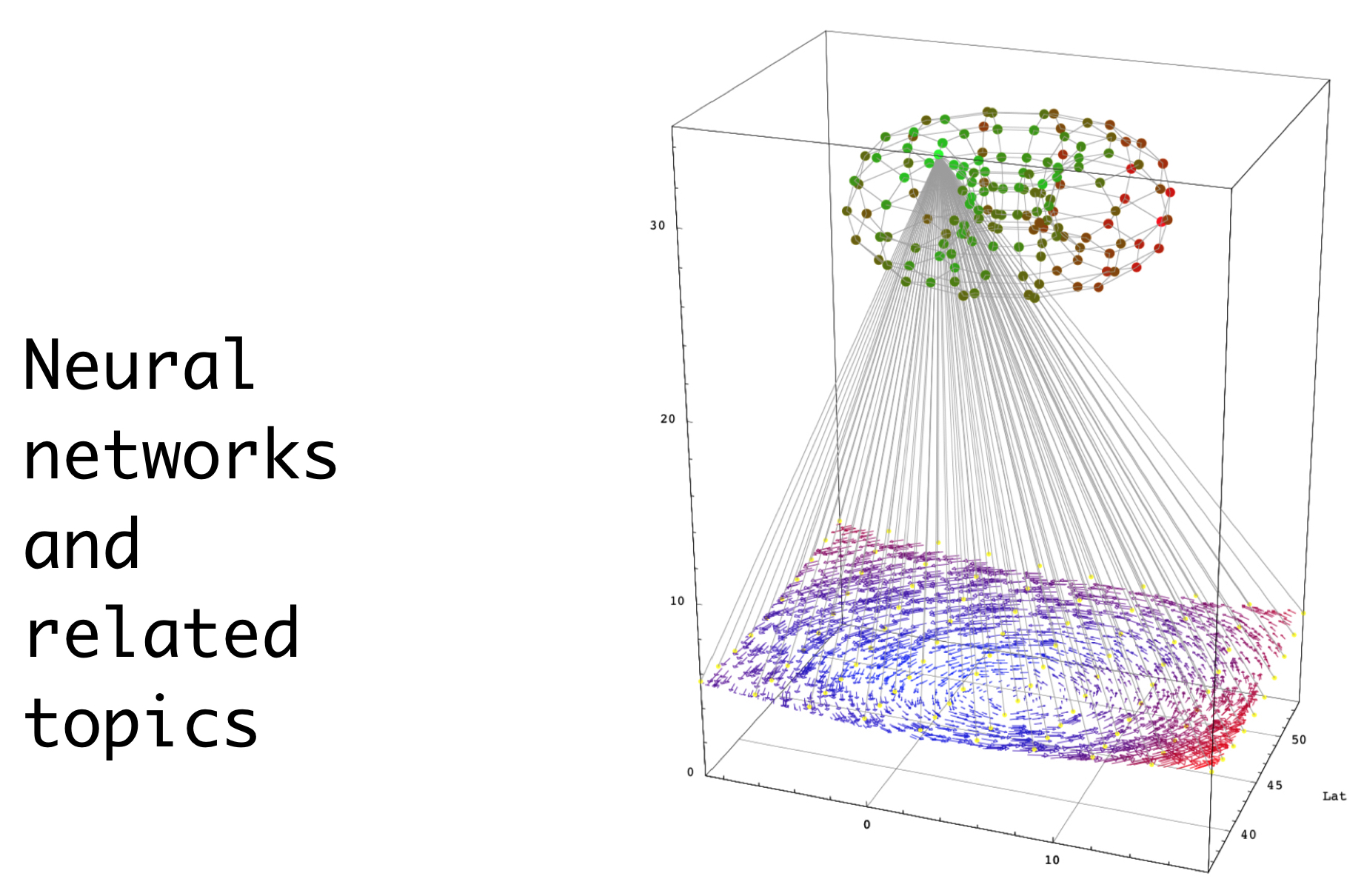
Systems that have been implemented in various operational chains at MeteoSwiss are presented here. They are based on neural networks, genetic or other alogorithms such as Kalman filters. Broader considerations related to the implementation of AI in meteorological services are sketched in "Application of Artficial Intelligence in Meteorology", in English as well as in "Bionik und neuronale Netze", in German und Russian languages.
- Neural Interpretation of Ensemble Forecasts_E
- Examples of Application of Artficial Intelligence in Meteorology_E
- Bionik und neuronale Netze_D
- Algorithmes génétiques et cyber-météorologues_F
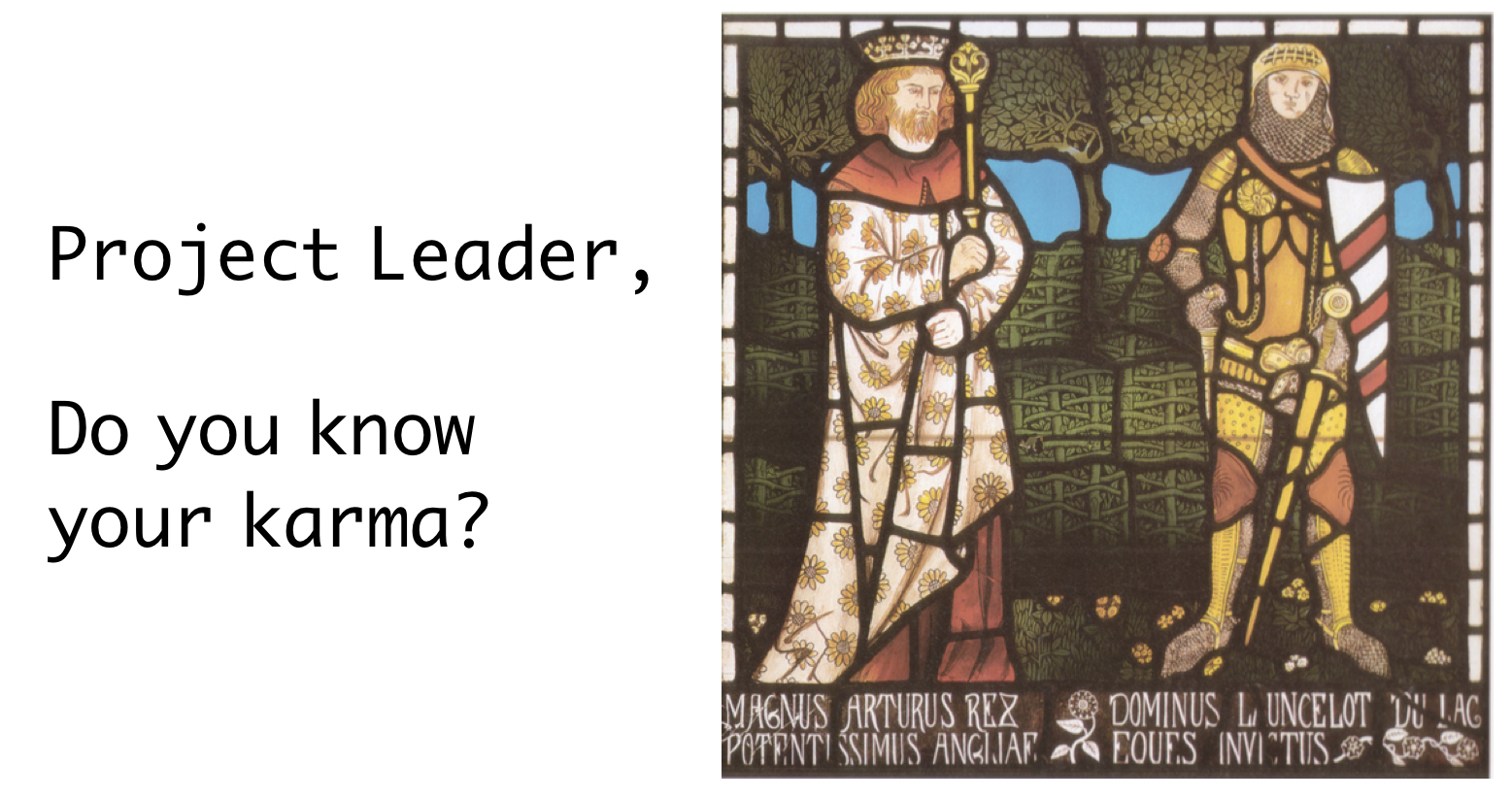
This last item links to a presentation related to the fine art of project management. I wrote it years ago in order to give to a broader audience acces to some hints, ideas and experiences I collected in this field along my carreer in the Swiss Federal Administration.
